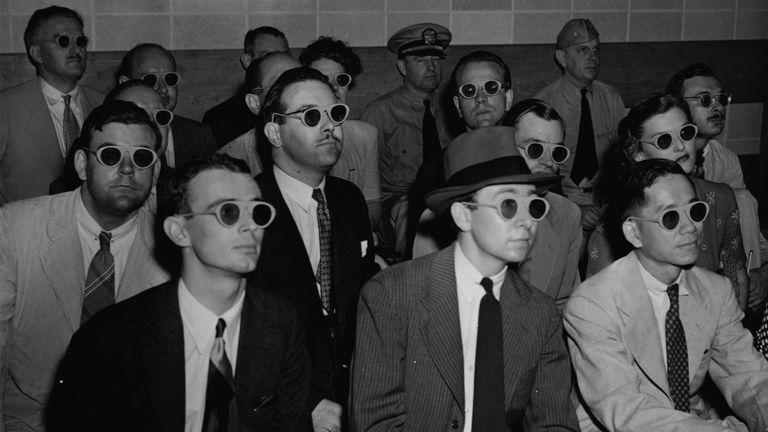Everyday Things That Were Invented Long Before You’d Expect
In our contemporary world, dominated as it is by cutting-edge technology, it can be easy to forget that some of our most cherished items actually have their roots in a bygone era. Maybe it’s time to take a step back and to acknowledge the ingenious inventions of the past? From electric cars to emojis, there are plenty of things that have been enhancing human lives for way longer than we thought!
Vaccines
Known as the father of immunology, the English physician Edward Jenner changed the world forever in 1796. Jenner had heard rumors that milkmaids, who were prone to catching the relatively mild disease of cowpox, never seemed to then catch the far-more-dangerous smallpox. So, he purposely infected a young boy with cowpox, which he’d acquired from a sore on a milkmaid’s hand. The kid fell ill for a few days, but he soon got better. Jenner then exposed the child to smallpox, finding that he now didn’t seem vulnerable to it.
Jenner, in other words, had discovered vaccination. But long before that, since at least the 15th century, people had been purposely exposing each other to smallpox, understanding, on some level, that it built immunity. Some historians have even suggested practices like this were happening as far back as 200 B.C!
Ice creams
While Marco Polo and Catherine de Medici have both on occasion been credited with introducing ice cream to Europe, the truth is that neither of them probably had anything to do with it. So what are ice cream’s true origins? Well, icy treats in some form or another have existed for millennia; some were even mentioned in the Bible! The ancient Greek leader Alexander the Great, and later the Roman Emperor Nero, are also believed to have both enjoyed icy refreshments of different kinds.
But it was really the ancient Chinese leaders of the Tang Dynasty, who were in power from 618 to 907, who were the first true ice-cream connoisseurs. They had a treat whipped up more like modern ice cream using cow, goat, or buffalo milk and flour. It was then infused with a fragrant substance called camphor extracted from trees. This creamy concoction was then put inside metal tubes and dunked into an ice pool to freeze.
Emojis
Think emojis are a 21st-century invention? Well, throughout history, all sorts of cultures have used different types of pictograms as a means of expression. The ancient Egyptians, for instance, wrote in hieroglyphs, which, you know, aren’t totally dissimilar. But emojis as we know them come to us from the 1990s, when people started typing things like : ) or ; ) to each other in order to communicate feelings.
Things got more sophisticated at the end of the decade, when a Japanese cell phone company called NTT DOCOMO allowed people to choose from 176 emojis when using their phones or pagers. These new emojis were designed by a guy named Shigetaka Kurita and changed the way we write to one another forever.
Cameras
It’s difficult to imagine a world without cameras nowadays, but it wasn’t so long ago that it wasn’t even possible to snap photographs. Or was it? Well, the invention of the camera actually dates back further than you might have realized. The roots of photography actually go way back to the first half of the 1800s and a French guy named Joseph Nicéphore Niépce, who began experimenting with light-sensitive materials to create images.
Niépce came up with a technique he dubbed “heliography,” and in 1826 — after years of experimentation — he successfully used it to capture the oldest-known photo. Showing off the view from his house, this photo needed eight hours of exposure! The camera may be old, but it’s definitely come a long way since Niépce’s day.

